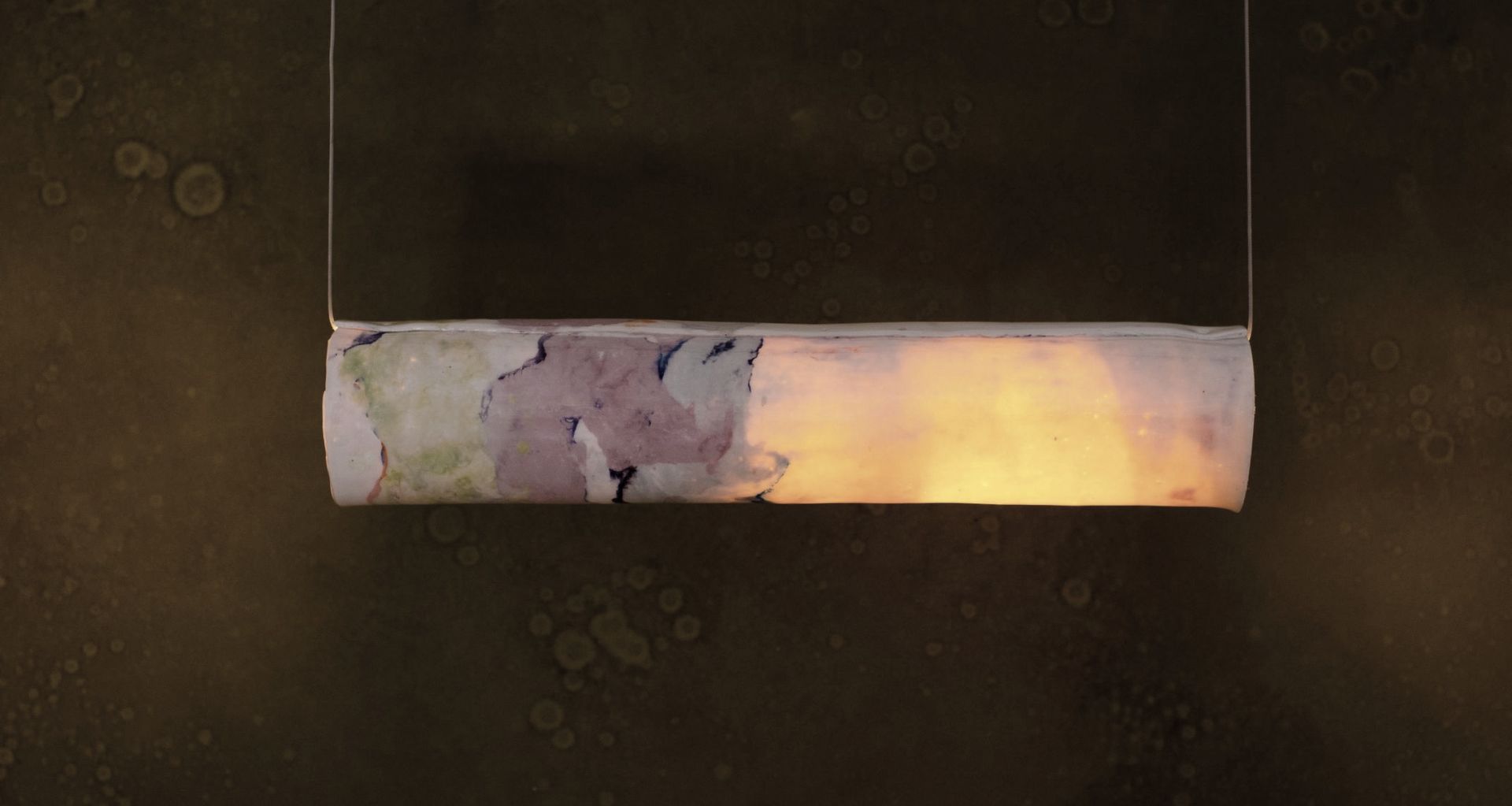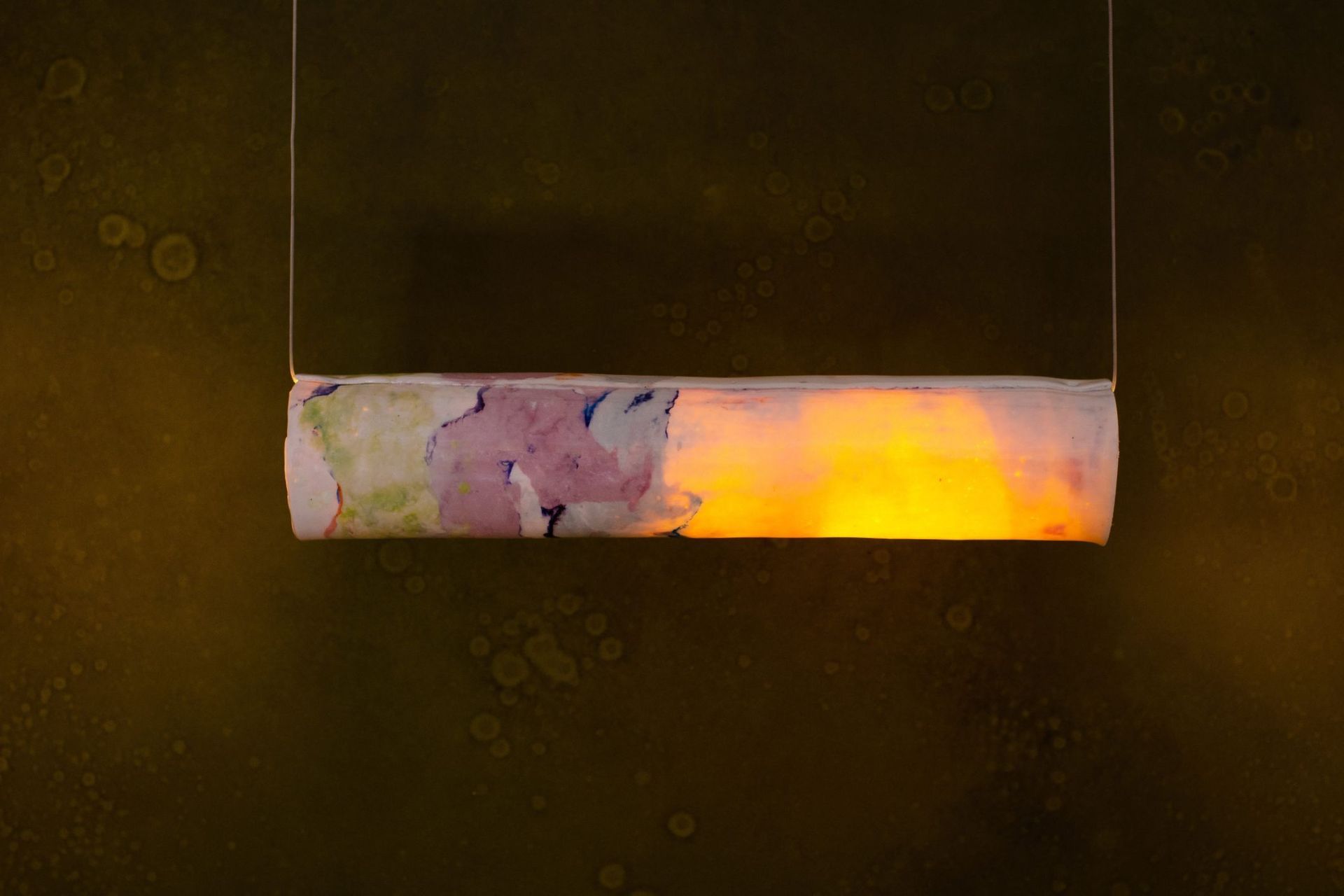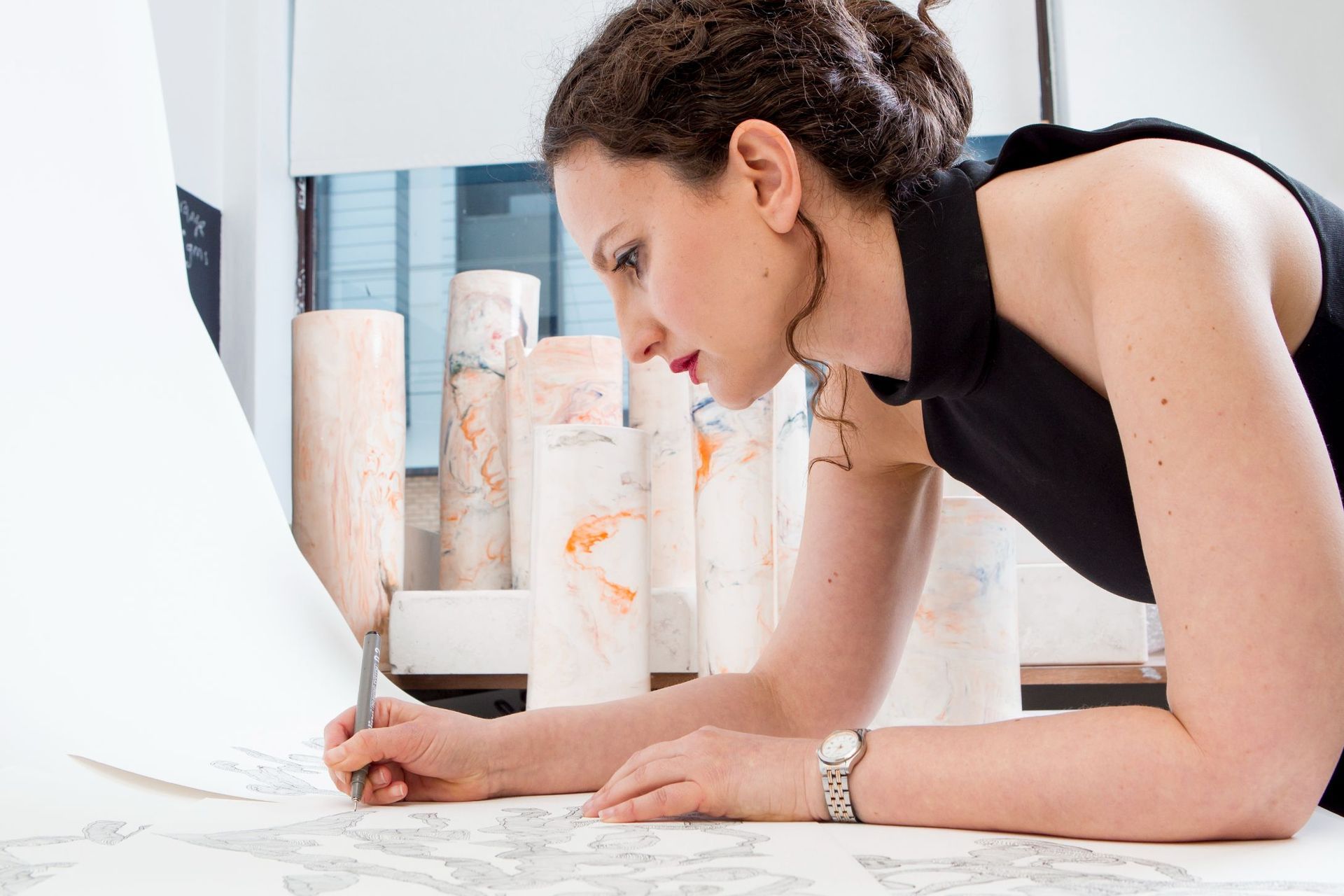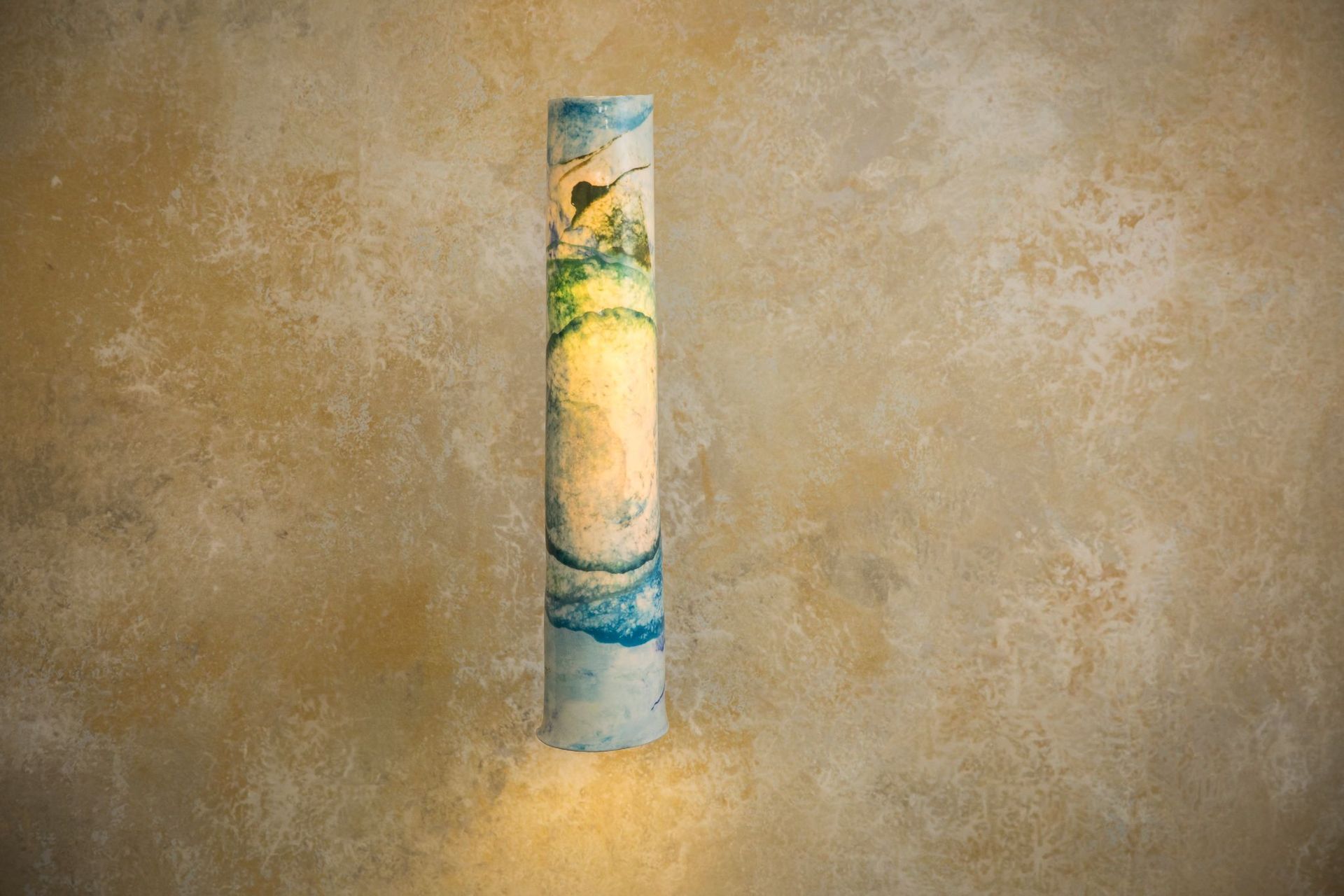Why artistic sculptural lighting should take centre stage in your next design project
Written by
20 February 2022
•
4 min read

Proposing the idea that beauty and utility needn’t be mutually exclusive, Sarah Tracton Studio creates ethereal bespoke lighting that combines form with function. Sitting at the intersection of art and necessity, each handcrafted translucent piece houses an LED light that infuses any space with a luminous glow.
For co-designer and founder Sarah, going beyond mere aesthetics and incorporating a functional element into her pieces has the added benefit of evading the ephemerality of traditional art forms. “It’s a thrill seeing my work take a level of permanence in a space,” says Sarah. “As an artist, you often work in an impermanent way. An exhibition typically lasts a few weeks, but when you make a feature light it goes into a space and is permanent, that’s truly exciting.”

To achieve the remarkable diaphanous effect, the Melbourne-based multidisciplinary fine artist honed in her craft during her final year of a Bachelor of Fine Arts at the National Art School in Sydney, developing a unique technique to create architectural porcelain sheets by pouring wet porcelain directly on a plaster slab before firing it in the kiln. Then, Sarah further heightens the luminous properties of the light by adding iridescent colours to the porcelain. Combining a delicate material with a particularly finicky process isn’t without its challenges, with Sarah citing the cracking, breaking, and shrinkage of the porcelain sheets when firing in the kiln as primary roadblocks in the creation of each bespoke light. “Porcelain requires a great deal of technical knowledge, practice and skill to master. It’s an advanced clay to work with.”

Since perfecting her craft, Sarah’s unique designs have earned her a slew of accolades, being named a finalist for VIVID Design + Decor and awarded a Good Design Award for her Lucent Collection. Most recently, Sarah was selected as a recipient of the Creative Victoria Creator’s Fund and AMP Tomorrow Maker award for her fusion of ceramic art with industrial design principles.

More than an afterthought
While lighting is often the final step in the property design process, for Sarah and her clients, lighting takes centre stage, with pieces from Sarah Tracton Studio often forming the basis for designing a space. As someone who has experienced hearing loss, Sarah’s perception of lighting is amplified, taking on a distinctly visceral tone. “When I’m in a state of silence, lighting is so important to how I feel and the way I see the world,” says Sarah, who notes that lighting plays a crucial role in creating ambience and setting the tone for a space. “When you’re missing one sense, the others become heightened.”
Although the colour and shape of the lights play a large role for the lighting designer and clients alike, due to the technical nature of each piece, Sarah says the design process typically begins with clients sending across images of their rooms to determine the style of lighting that fits with the available electrical fixtures in place. In an ideal world, lighting would be the first port of call for clients, with Sarah noting that “the best point to get [clients] is when they’re in the renovation stage,” allowing for the appropriate electrical requirements to be installed well in advance.

Art meets industry
Each Sarah Tracton Studio piece represents the unity of traditional artistry and contemporary technology, with ongoing technical collaborator and co-designer Dr Ian Watkins being instrumental in the creation of the seamless single wire cordless suspension that lends Sarah’s pendant lighting a graceful floating effect. Each light is meticulously hand-assembled in Melbourne by energy specialist Ian, who holds a PHD in Chemistry, with the duo continually innovating to present each functional work of art in the most streamlined way possible. Next on the cards is the development of a rechargeable battery system which will allow for further flexibility and customisation without requiring the costs of an electrician.

Beauty in the broken
Exquisite yet fragile, porcelain is prone to cracking during firing. Now, Sarah is finding beauty in the broken by giving damaged porcelain sheets a new lease on life by incorporating the ancient Japanese art of Kintsugi into her Dyadic Float collection. Kintsugi involves repairing broken porcelain or ceramic with glue and gold leaf, staving off wastage and promoting a circular economy by transforming broken material into a multifaceted functional work of art.
As for how to choose the lighting for your next project? “I want people to choose light like art,” says Sarah. “It changes our biological state to have beautiful lighting. It’s immediate. Why shouldn’t light be a statement art piece as well?"

Words by Tanisha Angel